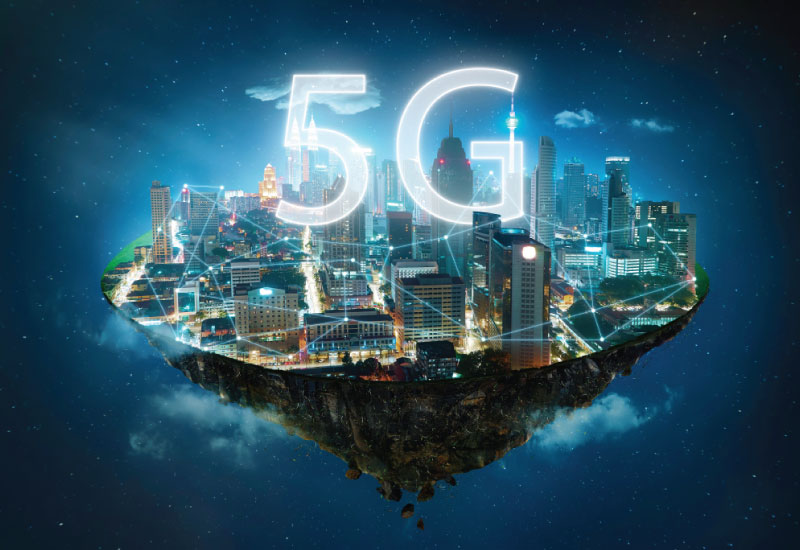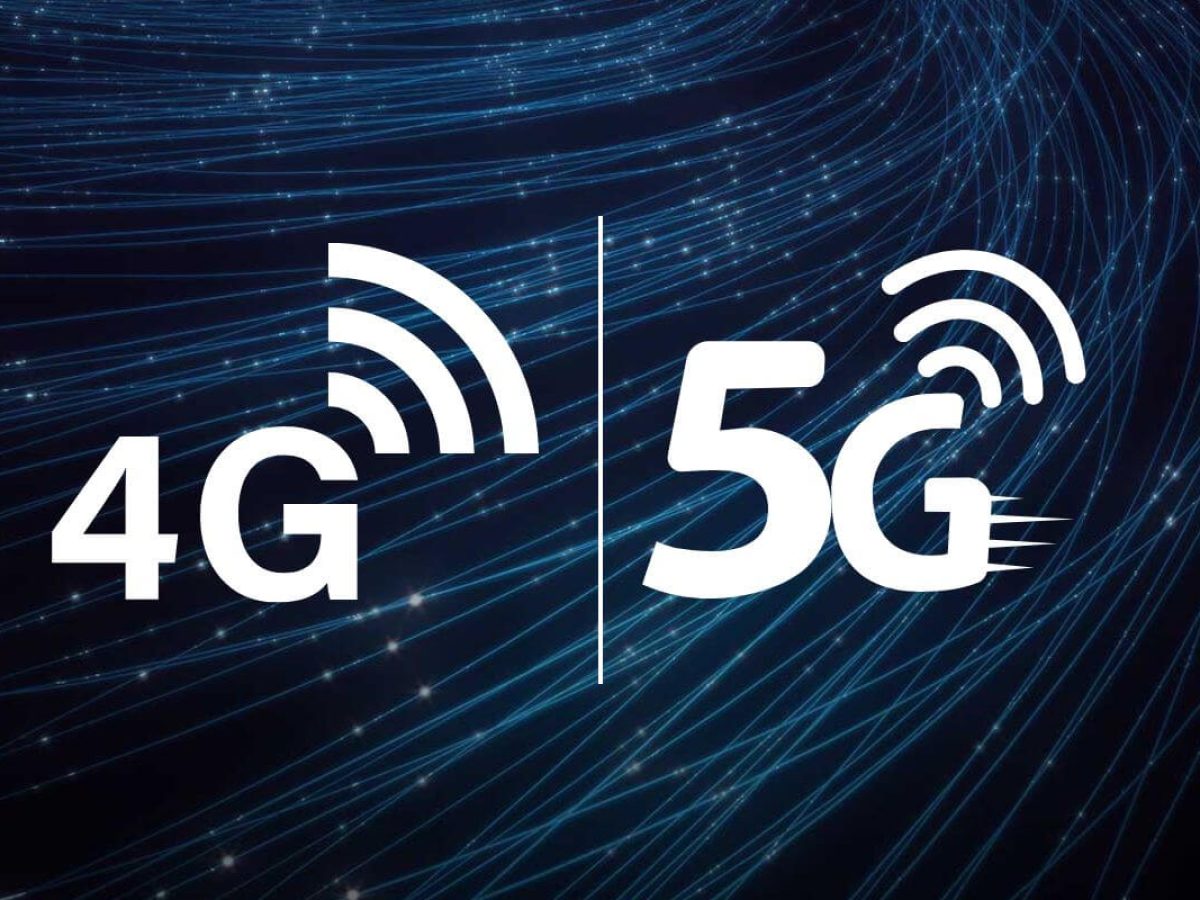5G Technology Applications
5G refers to the fifth generation of mobile networks. Following 1G, 2G, 3G, and 4G networks, it is a new across the globe wireless technology. 5G offers a new type of network that's able to connect nearly everyone and everything, including machines, objects, and electronic devices.
The potential top speed of 5G technology is 20 Gbps, but the highest speed of 4G is just 1 Gbps. 5G also offers decreased latency, which has the potential to improve the performance of corporate applications as well as other digital experiences (such as online gaming, video conferencing, and self-driving cars). Unlike previous generations of cellular technology (such as 4G LTE), 5G takes the connection to the next level by providing connected experiences from the cloud to customers.

5G Architectures
5G architectures improve digital experiences by enabling machine learning (ML) and response times of fractions of a second need the use of ML and, eventually, deep learning and artificial intelligence (AI) in 5G networks.
5G architectures will be software-defined platforms that manage the functions of networking rather than hardware and advances in virtualization, cloud-based technologies, and IT and business process automation enable 5G architecture to be flexible and adaptable, allowing users to access data at any time and from any location.
5G networks may build network slices, which are software-defined subnetwork constructions. Network administrators can use these slices to control network functionality depending on people and devices.
How does 5G technology work?
5G technology works by modifying how data is encoded, significantly increasing the number of usable airwaves for carriers. As with previous cellular networks, 5G technology uses cell sites that transmit data through radio waves. Cell sites connect to networks with wireless technology.
An essential part of 5G technology is Orthogonal Frequency Division Multiplexing (OFDM) which is a modulation format that encodes high-band airwaves incompatible with 4G and offers lower latency and improved flexibility compared with LTE networks.
How does Smaller Towers-5G technology work?
Smaller towers-5G technology uses smaller transmitters placed on buildings and other infrastructure. According to 4G and previous cellular technology, standalone mobile towers that run the network from small cell sites will support many devices at superior speeds.
5G technology is independent virtual networks over the same infrastructure and you can easily customize each network slice for different services and businesses, such as streaming services. The 5G network functions are used in case or business models to support different requirements from all vertical industries. It means that it is a user-beneficial and more reliable experience.

Significant Difference Between 4G and 5G networks
4G Network
4G is a mobile phone network technology and it can be used to download data by connecting to the internet, but it is much faster than 3G. Broadband cellular network services are provided through the 4G network. The International Telecommunication Union-R (ITU-R) established 4G standards, which are referred to as International Mobile Telecommunications Advanced (IMT-Advanced). It is intended to deliver services with a bandwidth of more than 100 Mbps, allowing for the streaming of high-quality multimedia material.
5G Network
5G is the fifth generation of wireless network technology, based on millimeter waves, which are part of the very high-frequency spectrum ranging from 20 GHz to 96 GHz. The newest incarnation of cellular technology, 5G mobile phones, is currently in development. It is expected to provide substantially higher speeds than 4G networks, as well as greater dependability and faster reaction times. It employs Orthogonal Frequency-Division Multiplexing and millimeter wireless technology to achieve a data throughput of 20Mbps and a frequency range of 2-8 GHz. It will be a packet-based network.